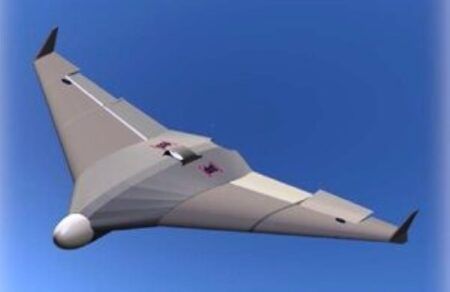Saab is integrating so-called human eye virtual reality technology into its Saab Gripen E/F simulators for use in fighter pilot training.
Varjo Technologies develops virtual and mixed reality technologies for professional use and offers some of the highest resolution and widest field of view available in headsets. The Finnish company’s human eye resolution mixed reality (XR) technology will be integrated into all of Saab’s new Gripen E/F simulators.
Stefan Furenbäck, Saab’s head of tactical environment simulation and visualisation said, “When we did our first experiments with commercial devices, we received feedback from the pilots that they were unable to read text in virtual reality because the resolution was not sufficiently high. This was not a problem with Varjo’s technology.
Pilot training requires trainees to be able to read text and see small details and experience immersion in the simulator.
Most simulators use cave or dome-shaped displays which are large, expensive and difficult to build and move. Conventional dome simulators also require glasses to produce a 3D view, while VR headsets have separate screens for each eye.
Varjo’s Bionic Display projects patterns on to the surface of the eye with infrared LEDs that are monitored by small cameras. The resolution adapts to the movements of the eye.
Human-eye-level resolution can be achieved without supercomputers if it is known what point the human eye is looking at any given moment. The maximum computing power is always focused on the current point.
Varjo’s technology uses video cameras to constantly capture the environment for the purposes of mixed reality. This means that the images from the real world work on the same principle – the high-resolution image comes from the focal point. This allows powerful gaming computers to be used to operate the technology instead of supercomputers.
The integration of the technology into the Gripen E/F fighter simulator has taken several years.
Furenbäck saudm “We’re finalising the basic functionalities in our own simulator so that we can use Varjo’s XR-3 headsets in all our flight simulators. We’ve previously carried out smaller, independent prototype-like projects but now we’re integrating them into our actual flight simulators.”




